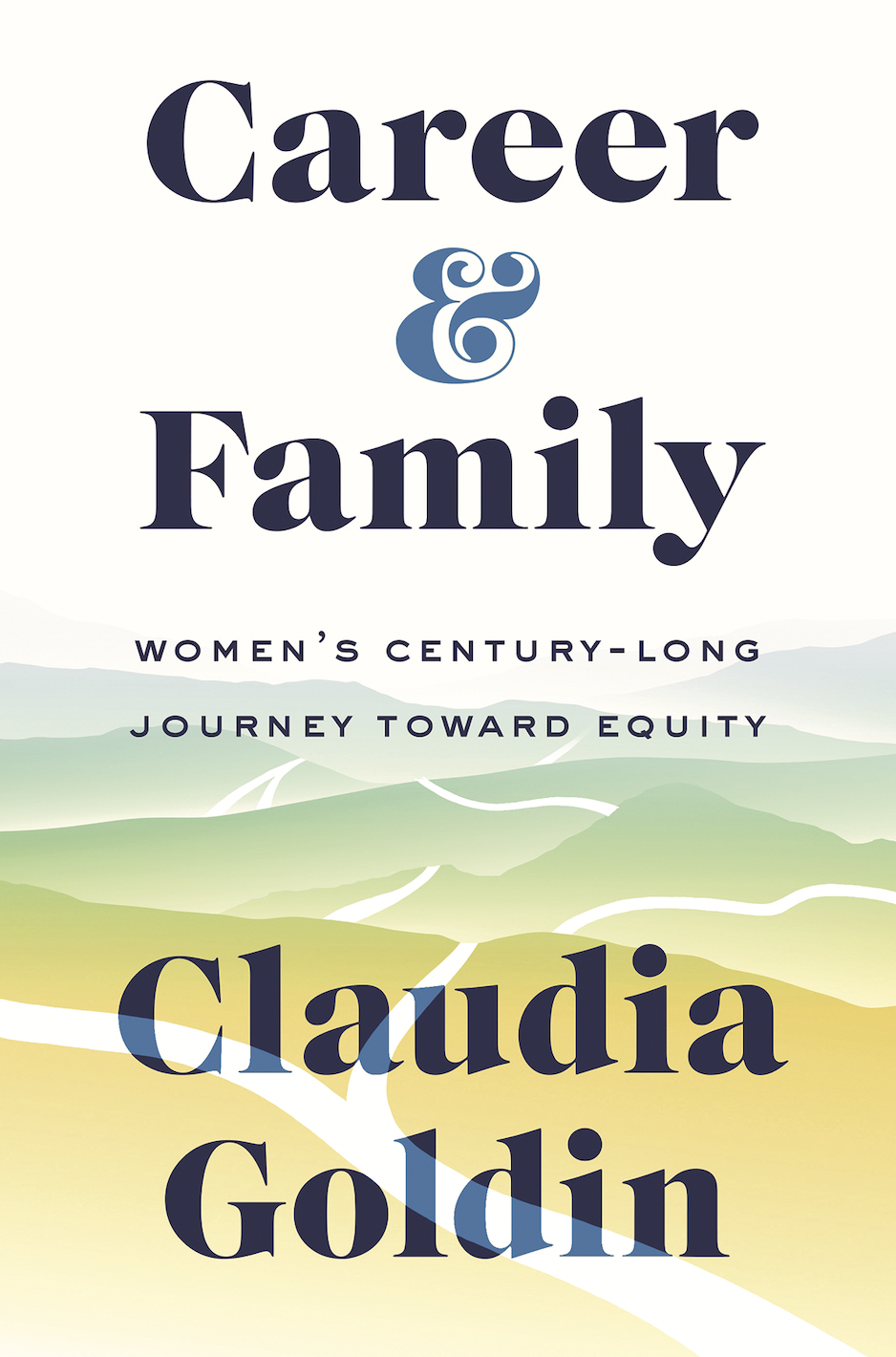Though first proposed by Republican Congresswoman Winifred C. Stanley in 1944, it would take nearly twenty years to pass a federal law prohibiting gender-based wage discrimination—the Equal Pay Act of 1963.
Since then, women working full-time have gone from making an average 59% of a man’s wage in the 1960s to 83.6% in 2023.
But even after bringing an end to legal discrimination, a national pay gap of 16% remains. That is especially true for Hoosier women, who faced a 25% gap in 2022 (State of Women in Central Indiana Report, p. 81).
To find out why, economist Claudia Goldin looked at more than a hundred years of labor data. Her Nobel Prize-winning research is summarized in Career and Family: Women’s Century-Long Journey Toward Equity. 
In short, the ongoing gap was found to be caused mostly by American working women’s unpaid and disproportionate at-home caregiving obligations.
Promotions and raises tend to go to those who can dedicate longer hours and weekends to the job. The advantage goes to employees with fewer at-home obligations, or to employees who have a partner willing to take on those obligations.
In Indiana, women report spending exactly twice as much time as men on caregiving each day (SOWR, p. 75). Goldin’s research shows how workplaces that offer few professional pathways for caregivers contribute to lost wages and promotions for working parents, especially mothers.
But caregiving’s impact on individuals is just half the story. In Career & Family, Goldin cites the COVID-19 pandemic as exposing the full social and economic importance that unpaid caregiving represents.
Here in Indiana, unpaid caregivers contribute $10.8 billion worth of labor: “This figure is derived from the collective 740 million hours of care provided, valued at an average hourly wage of $14.61” (SOWR, p. 74).
It bears repeating that many of these at-home caregivers are also working women with essential professional roles outside of the home.
In fact, many Central Indiana economic strategies rely on labor dominated by women. Take the health and hospital economy. In central Indiana, women make up 73% of all health care support roles and 63% of all health technicians. Crucially, their median annual earnings are $30k and $41k, respectively (SOWR, p. 85). Both of those totals sit below Indiana’s ideal minimum housing wage of $46k a year.
Or let’s look at the region’s convention and tourism sectors. You cannot imagine these industries without women’s labor, especially if you took away their 15% majority in food prep/serving positions or their 10% majority in arts/design/sports/media. But again, these economically vital positions will not usually pay enough to support families.
Our state is accustomed to a sizeable share of its workforce earning comparatively low wages; however, if Hoosiers accept that, then we also need to address the drawbacks of major economic strategies that rely on mostly female laborers who cannot readily afford housing, childcare, or continuing education.
To address the remaining wage gap, Goldin argues for greater flexibility for caregivers in the workplace. If we find productive ways to accommodate caregivers, that could increase professional options for more Hoosiers, especially Hoosier women.
Then, by expanding Indiana’s range of employable talent, we could see a wider economic benefit for the state as a whole.
A recent study from the American Economic Association showed that, when legal and social barriers to equal employment fell in the 1960s, as much as 20% of economic growth in the ensuing decades was attributable to the improved allocation of American talent.
Today, a similar economic gain is waiting, both for Hoosier households and our society at large.
This article was published within the August 2025 issue of the Women’s Fund’s Diane magazine.

